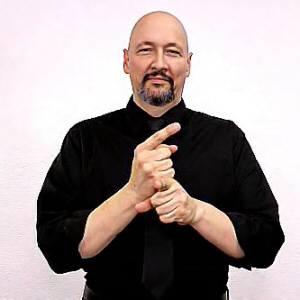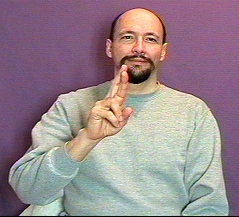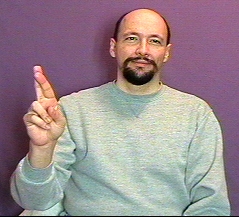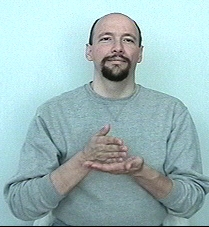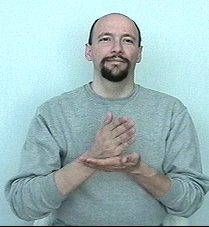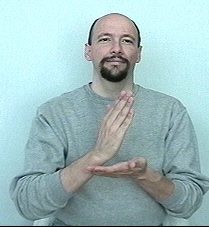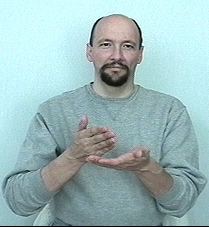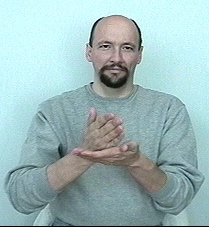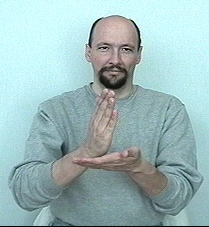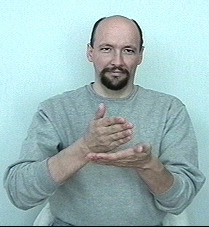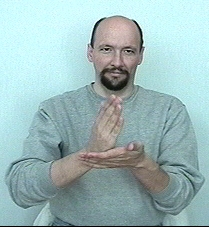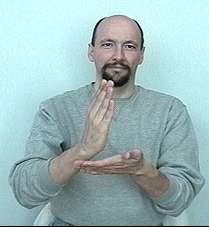American Sign Language: "right"
The right sign for "right" depends on what concept you are trying to convey.
The English word "right" can be signed many different ways in ASL depending on its meaning.
RIGHT / CORRECT / ACCURATE:
As in, "You are right."
The dominant index-finger hand comes down onto the non-dominant index finger hand.
RIGHT-direction:
Opposite of "left." "On the right-hand side"
RIGHT-(alright/rights) (single movement)
Used in concepts like:
"It is your right."
"I'm alright!" (definite)
"Alright, go ahead."
RIGHT-(alright/rights)
(double movement)
Used in concepts like:Deaf people have "rights."
Are you "alright?"
"I'm alright." (for the most part)
Notes:
I tend to see the double motion when people mean "rights" plural. When they mean "right" singular I see the single movement.In response to "How are you?" -- if I'm feeling really good I'll sign "ALRIGHT" using a single strong movement. If I'm feeling sort of alright I'll sign "ALRIGHT" using a double movement and a "so so" facial expression.
I use the double movement if someone is sick or having a hard time and I want to gently ask someone if they are "alright." If someone slipped and fell and I want to ask more urgently then I'll use a single movement done with more force.Additionally if I'm signing either fast or casually I tend to drop the double movement and just sign it using a single movement.
The sign "alright" is indeed also used to mean "rights."
The rest of the sentence and small changes in production help us to distinguish the meaning.
"Are you alright?" = Tilt head slightly forward, raise eyebrows, hold last sign a bit longer: YOU RIGHT-(alright) YOU?
"You have the right to vote." Standard version = Nod head: YOU HAVE RIGHT-(alright) VOTE YOU.
"You have the right to vote." Topicalized version = VOTE? YOU HAVE RIGHT-(alright) YOU.
In general the movement of the sign RIGHT-(alright) is a singular movement but it is inflected at times.If you are being emphatic you can use a larger single movement that comes way off of the base hand: It's your right!
If you are being gentle you can use a smaller double movement that doesn't leave the palm of the base hand: "Are you alright?"
If you need to pluralize "rights" you can use a slightly larger double movement: "People have rights."
See: ALRIGHT
You can learn American Sign Language (ASL) online at American Sign Language University ™
ASL resources by Lifeprint.com © Dr. William Vicars
Want to help support
ASL University? It's easy:
DONATE (Thanks!)
(You don't need a PayPal account. Just look for the credit card
logos and click continue.)
Another way to help is to buy something from the ASLU "Bookstore."
Want even more ASL resources? Visit the "ASL Training Center!" (Subscription
Extension of ASLU)
CHECK IT OUT >
Bandwidth slow? Check out "ASLUniversity.com" (a
free mirror of
Lifeprint.com less traffic, fast access)
VISIT >


